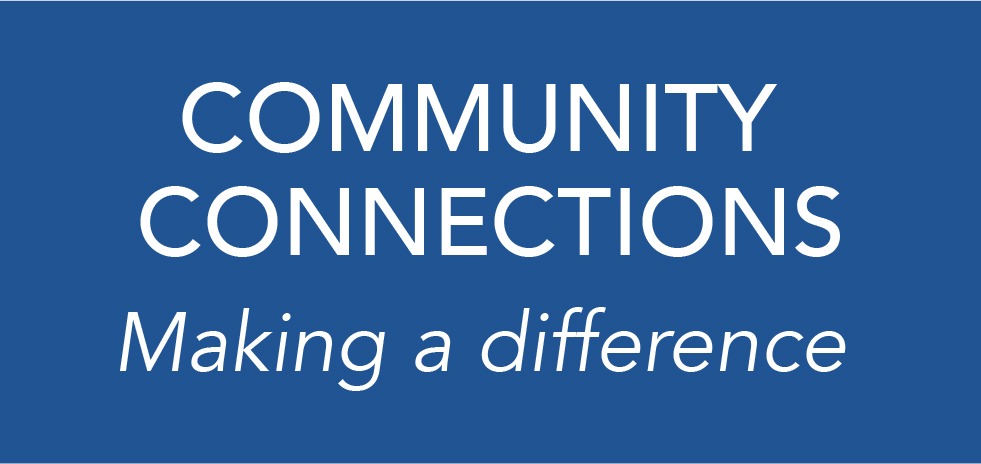Ways You Can Prepare
Even before you step foot on the airplane, you’re bombarded with stressors– slow-moving lines, worries about being on time, and luggage that you have to move across the airport.

Then you get on the plane, where you may be scrunched in an uncomfortable seat and rubbing elbows with strangers. It can all be one continuous test of your patience.
It’s not just your imagination – flying in an airplane can zap your energy, dry your skin, and make various body parts feel different or weird.
How come? “The pressure, temperature, and oxygen levels in the cabin fluctuate, and the humidity level is lower than it is at sea level,” says Matthew Goldman, MD. All of those things can mess with some of your
body’s normal functions.
Then there’s the actual process of traveling, which could involve switching time zones and coming in contact with dozens or even hundreds of other people.
Here are some ways airplane travel can affect your body, and some preparations you can make to have the healthiest travel experience possible.
Things you can do in Advance:
- Plan ahead as much as possible to minimize stress.
- Pack any medications you’re bringing in a carry-on bag, rather than in your checked luggage so that they won’t get lost.
- Alert the airline when you book your ticket if you have diabetes or another condition that would warrant a special meal and/or snack.
Travel Dehydrates you
Airplane cabins have very low humidity levels, because about 50 % of the air circulating in the cabin is pulled from the outside, and at high altitudes, the air is almost completely devoid of moisture. This might cause your throat, nose, and skin to feel dry.
What you can do:
To stay hydrated, pack an empty water bottle in your carry-on that you can refill after going through security and take with you on the plane. That way you don’t have to rely on those tiny drinks from the beverage cart to get you through a multiple-hours flight. Wear glasses instead of contacts to help prevent discomfort to the eyes. Pack small bottles of lotion, eye drop,s or nasal spray if you’re worried about drying out.
Travel exposes you to germs
You might think that recirculating air in the cabin would make you prone to getting sick, but commercial airlines actually have advanced filtering systems that remove most bacteria, fungi, and viruses from the air. What’s more likely to make you sick is the close proximity to so many other humans and their germs. “We can catch something from other passengers who are coughing, sneezing, or even just breathing nearby,” Dr. Goldman says. Tray tables, seatbelt buckles, and other surfaces that are frequently touched may also be covered with germs.
What you can do:
Carry a small bottle of hand sanitizer with you, and be sure to wash your hands thoroughly throughout your travel.
Empties your energy tank
Air pressure is lower at higher altitudes, which means your body takes in less oxygen. Airlines “pressurize” the air in the cabin, but not to sea-level pressures, so there’s still less oxygen getting to your body when you fly, which can make you feel drained or even short of breath. The potential dehydration factor and sitting for long periods of time don’t help. Then there’s the jet lag if you’re traveling to a different time zone.
Utilize hydration
Hydration is key. Get up and walk around if you’re sitting for more than a couple of hours, and perform stretches in your seat, like picking your feet off the ground and flexing and pointing your toes, to keep blood flowing. If you’re traveling to a different time zone for just a day or two, Dr. Goldman recommends trying to keep your sleep schedule in your home time zone.
Adds stresses on your ears
As the pressure in the cabin changes, the air pressure inside your inner ears tries to adjust with it – this equalization is what helps you maintain your balance. Stress is placed around the middle ear tissue and eustachian tubes when the outside pressure changes quickly during takeoff and landing, which is why your ears may adjust by popping.
That imbalance can also contribute to motion sickness. That occurs when your brain receives conflicting messages about motion and your body’s position in space delivered from your inner ear, your eyes, your skin receptors, and your muscle and joint sensors.
What you can do:
Swallow or yawn to open the eustachian tubes, which control the pressure in the middle ear, during takeoff and landing. To minimize motion sickness, choose a window seat over the wing, where the degree of motion is lowest and you may be able to view the horizon.
Makes your belly bloated
Those same pressure changes cause the gas inside your stomach and intestines to expand, which is why you may feel bloated.
What you can do:
Pass on scarfing down a greasy burger and fries in the terminal, and avoid any other foods you know could make your gas worse.
Additional tips for travel success
If you have a chronic medical problem, it is recommended you carry a copy of any important or recent medical records, in case you need to be seen by a different provider while traveling.
And if you aren’t feeling well, it might be worth putting off air travel. If your Eustachian tubes are clogged by inflammation from a cold or allergies, your ears might not be able to “pop” during takeoff and landing, which could cause pain and even damage the ear.
If you have more questions or concerns about traveling, or whether certain medications might help ease your travel issues, your doctor can help with those decisions.

















